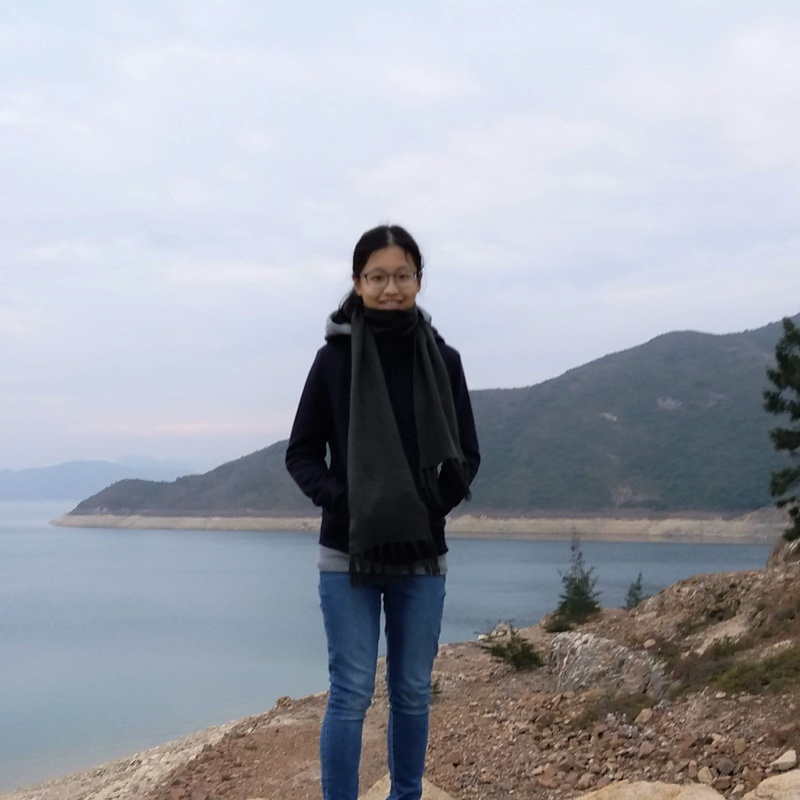In this talk, I will introduce my open source Python project, Corona-Net, COVID-19 chest CT segmentation with PyTorch. I leverage the EfficientNet model for image-level COVID-19 diagnosis, as well as the UNet -- a Fully Convolutional encoder-decoder network -- for binary and multi-class medical segmentation. Through UNet, I successfully detect and localise COVID-19 symptoms, including ground-glass, consolidation and pleural effusion, from axial chest CT slices, using open source datasets and annotations.
Identified in December 2019, the novel Coronavirus has infected 2.7 million worldwide, and claimed the lives of 0.2 million. Amidst this deadly pandemic, I started my open source project, Corona-Net, in the hopes of contributing to the global fight against the Coronavirus. Corona-Net is a 3-part project dedicated to the classification, binary segmentation and multi-class segmentation of COVID-19. I first leverage the EfficientNet model for COVID-19 diagnosis, then utilise and refine the U-Net architecture for both binary and 3-class (ground-glass, consolidation, pleural effusion) segmentation of COVID-19 symptoms, through inference on the COVID-19 CT segmentation (chest axial CT) dataset. Through Corona-Net, I aim to develop a reliable, visual-semantically balanced method for automatic COVID-19 diagnosis, as well as extend an invitation to all to collaborate and stand together against this pandemic. My PyTorch code is publicly available at https://github.com/chinglamchoi/Corona-Net.
